Although "What Shall We Do Now?" was originally recorded at the same time as the rest of "the Wall" it was replaced on the album with "Empty Spaces" because according to Waters' 1979 interview "it's quite long, and this side was too long, and there was too much of it." Thankfully he liked the song a great deal and reinstated it in the movie immediately following "Mother." Even though "What Shall We Do Now?" is in all actuality an extended version of "Empty Spaces," it differs from "Spaces" in that it really expands on the theme of transition and examines the various ways to fill the missing gaps in the wall. Since I've already discussed the song's music in "Empty  Spaces" (relatively the same in "What Shall We Do Now?"), I'll go straight into the lyrics.
Spaces" (relatively the same in "What Shall We Do Now?"), I'll go straight into the lyrics.
As Waters said in an interview, "this level of the story is extremely simplistic." Don't get me wrong, the fact that it might be simplistic does not make it simple by any means. If anything, "What Shall We Do Now?" contributes to the multiple themes of "the Wall" while adding a few of its own. But as a song in itself, the lyrics are fairly and caustically straightforward. Put simply, it is a list of things that people use to fill "the waves of hunger," that void in their lives and the missing gaps in their walls. Arguably, people are trained by society to "search for more and more applause" in a "sea of faces," or in other words, they are trained to become someone else so as to be socially acceptable, thereby garnering more acceptance (social "applause"). It's the reason why corporate stores such as the Gap are successful; we are told that in order to fit in, we must adjust to the social norm even if that norm seems to deviate from the status quo. For an example of this, look at the success and profitability of punk music (a genre notoriously known for going against the grain of society) in the early 90's sparked by radio-friendly bands like Green Day. In our ever-growing materialistic society, you must become someone else before you are someone; you must wear a fashionable brand of clothes, drive a stylish car, keep trendy friends, eat at chic restaurants. Namely, you must adapt yourself to the latest social trends in order to become your social self. Accordingly, these things start to become social fetishes. We become obsessed with the latest trends, defining ourselves by what we see in the media, what is marketed towards us, and what our peers are doing. In the most ironic social twist, individuality is supposedly achieved by conformity to commercialized social norms. We fill our lives and define ourselves with designer jeans and fancy cars; with how much money is in our bank accounts and how many sexual partners we've had; with what we eat and where we sleep. This is the very core of the attack in "What Shall We Do Now?" a polemic against the foundation of the world's increasing capitalistic society. It's an attack against conformity, the loss of individuality, and  mostly against the idea that these material things will complete our lives and make us truly happy.
mostly against the idea that these material things will complete our lives and make us truly happy.
Yet all of the things listed in the song aren't necessarily evil. Many people feel that vegetarianism is the healthiest way to eat and sending flowers by phone is certainly a far cry from the evils of Hitler and his Nazi regime. Why are such things attacked, then? As Roger Waters perfectly states in his 1979 interview, it's about being "obsessed with the idea of being a vegetarian...adopting somebody else's criteria for yourself without considering them from a position of really being yourself." These things are not inherently evil; rather, it's the obsession with these things, with defining one's self by someone else's standards, that is the moral decay of modern society. "More, more more!" becomes the global motto with every passing day and with the accumulation of it all, walls are being erected higher and more impenetrable. While the song veers away a bit from the actual story line of "the Wall," Pink's applicability to the materialistic obsession perfectly reflects the walls of many people across the globe. As Pink's fame and fortune increase, he further buries himself behind a wall of possessions, becoming more detached from the rest of the world as a result of his personal accumulation. As one conforms to the current trends, true and personal communication becomes more and more difficult. After all, how can one communicate individually if one defines himself or herself as a collection of commercialized goods? But as the wall of possessions grows, so too does the obsession to obtain more until finally one is the beast of his fetish, living each day at the will of his delusion. Even after we are consumed, we live "with our backs to the wall," insinuating that rather than looking for a way out from our self-imposed isolation (which would require us to face the wall), we ignore the growing ramparts and continually search for the next trend in the hopes of being accepted, of getting "more and more applause."
The movie sequence for "What Shall We Do Now?" is arguably the most beautiful and haunting animation of the film. The screaming face image, the sexualized flowers, the wall of possessions, all spring from Gerald Scarfe's brilliant interpretation of the song and, at least in my opinion, fully captures the essence of Waters' social sermon. The sheer artistry of the animation in the beginning of the song with the male and female flowers flowing and morphing into lovers before attacking each other is almost beyond words. Despite its beauty, many people might have a problem with the apparent misogyny of the introductory piece. The male and female flowers sensually dance around each other before performing intercourse, morphing into free-flowing humanistic figures before changing into monstrous beings with the male attacking the female. However the female changes back into a flower and releases all of her glory, shining brightly before viciously snapping up the male in her lips and flying off as some sort of bestial dragon. It could be easy for one to view this sequence as a misogynist attack against dominant females, revealing them to be nothing more than man-hating beasts. However, I think such a reading is grossly inaccurate in that it is viewing the sequence out of context. It must be remembered that this is Pink's story and that, for the most part, the viewer has been viewing the movie from Pink's point of view. This animation sequence is no different. Not only was Pink raised by a dominant, overprotective mother, he has just found out that his wife is cheating on him. Therefore it shouldn't be a surprise that Pink would feel a great amount of aggression towards women. He selfishly feels that he has been abused by them and is continually the victim of their beastly appetites for male emasculation (although we have seen quite the opposite in "Mother" in which Pink drives his wife to infidelity by his own lack of emotion and communication). Furthermore, it was a woman (Mother) who caused Pink (at least in his mind) to become mentally isolated and distrust women. Because we view it all through Pink's eyes, we are getting a very skewed view of relationships between men in women.
words. Despite its beauty, many people might have a problem with the apparent misogyny of the introductory piece. The male and female flowers sensually dance around each other before performing intercourse, morphing into free-flowing humanistic figures before changing into monstrous beings with the male attacking the female. However the female changes back into a flower and releases all of her glory, shining brightly before viciously snapping up the male in her lips and flying off as some sort of bestial dragon. It could be easy for one to view this sequence as a misogynist attack against dominant females, revealing them to be nothing more than man-hating beasts. However, I think such a reading is grossly inaccurate in that it is viewing the sequence out of context. It must be remembered that this is Pink's story and that, for the most part, the viewer has been viewing the movie from Pink's point of view. This animation sequence is no different. Not only was Pink raised by a dominant, overprotective mother, he has just found out that his wife is cheating on him. Therefore it shouldn't be a surprise that Pink would feel a great amount of aggression towards women. He selfishly feels that he has been abused by them and is continually the victim of their beastly appetites for male emasculation (although we have seen quite the opposite in "Mother" in which Pink drives his wife to infidelity by his own lack of emotion and communication). Furthermore, it was a woman (Mother) who caused Pink (at least in his mind) to become mentally isolated and distrust women. Because we view it all through Pink's eyes, we are getting a very skewed view of relationships between men in women.
As if spawned by this latest personal injury of infidelity, a wall of materialistic desires bursts onto the screen in the form of high-rise buildings, televisions, radios, Harley Davidson motorcycles, Mercedes, Cadillacs, and BMWs. A "sea of faces" greets the wall of possessions (forming a wall of conformity with their faces), each one a clone of his or her neighbor similar to the masks worn by the schoolchildren in "Brick in the wall 2." The wall plunges onward, breaking the peace of the countryside with the screams of the "the people caught up in the wall" (Scarfe, DVD). Everything the wall passes is corrupted. Gerald Scarfe states in the DVD commentary that "in the shadow of the  wall, flowers turn into barbed wire; men turn into monsters." As the wall passes, an innocent infant grows into a beast and then into a man in uniform (the Nazi-esque uniform of Pink's fascist regime later in the movie) who bludgeons another man to death, the innocent's blood splashing onto the wall. As a result of the lack of communication fostered by the barriers between people, the wall begets social decay, personal degradation, and violence. Religion is destroyed as the wall continues its course straight through a church and "a new god is set up" as the pieces reform into a casino-like neon building that spews mass-produced neon bricks (Scarfe, DVD).
wall, flowers turn into barbed wire; men turn into monsters." As the wall passes, an innocent infant grows into a beast and then into a man in uniform (the Nazi-esque uniform of Pink's fascist regime later in the movie) who bludgeons another man to death, the innocent's blood splashing onto the wall. As a result of the lack of communication fostered by the barriers between people, the wall begets social decay, personal degradation, and violence. Religion is destroyed as the wall continues its course straight through a church and "a new god is set up" as the pieces reform into a casino-like neon building that spews mass-produced neon bricks (Scarfe, DVD).
The next sequence running through a list of Pink's personal bricks is another example of Scarfe's amazing artistry. The Pink doll screams and morphs into a curvaceous female shape (the sexual promiscuity of "Young Lust" as well as the feminine "betrayal" in "Mother"). The woman changes into large, feminine dollops of ice cream suggesting the sensual excesses of Pink's lifestyle. The ice cream then reverts back to the female shape, next morphing into a submachine gun (foreshadowing Pink's violent outbursts later in the film) before changing into a syringe and needle (drugs), a guitar (his musical fame), and finally rounds out the list of personal bricks by turning into a black BMW (expensive possessions). The song ends with an ambiguous sequence depicting a red fist rising from the ground and turning into a hammer. After seeing how the wall perverts everything in its path, one might view the fist rising from the ground as another perversion of nature similar to the flowers turning into barbed wire. In the presence of the wall, even the earth rises up and forms itself into an implement of creation (the wall is created) and destruction (personal individuality is destroyed). A much more optimistic reading of this scene might see the fist rising from the ground as a good omen rather than one of social and personal decay. By this reading, nature will ultimately reclaim the earth from the tyranny of humanity's reign. Just as grass eventually grows through the asphalt of a parking lot or just as the weather erodes and destroys even the largest of mankind's creations, so to will nature rise up and destroy the personal and social walls of humankind. Though the fist is red (conjuring thoughts of bloody strife), it turns into a powerful tool of reform.
The final scene after the music is over merely reemphasizes (almost needlessly) what has just been said in the song. The hammer is used as a tool of destruction to smash a display window through which looters pilfer a range of consumer products. The fact  that these items (televisions, radios, vacuum cleaners) are luxuries rather than necessities simply stresses the idea that the capitalistic wall leads to crime and violence. Society has taught us that we are nothing without personal possessions and so those who are unable to afford them are willing to steal in order to be socially acceptable. Interestingly, as the crooks are hustled into the police wagon, two old women steal out of the broken display window, insinuating that commercialism turns everyone into a criminal, even the most unsuspecting. No one is safe nor truly innocent in a society in which a baby grows into a violent monster and elderly women pilfer merchandise behind the backs of policemen.
that these items (televisions, radios, vacuum cleaners) are luxuries rather than necessities simply stresses the idea that the capitalistic wall leads to crime and violence. Society has taught us that we are nothing without personal possessions and so those who are unable to afford them are willing to steal in order to be socially acceptable. Interestingly, as the crooks are hustled into the police wagon, two old women steal out of the broken display window, insinuating that commercialism turns everyone into a criminal, even the most unsuspecting. No one is safe nor truly innocent in a society in which a baby grows into a violent monster and elderly women pilfer merchandise behind the backs of policemen.


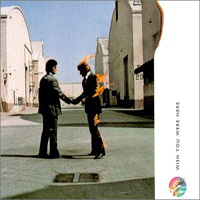
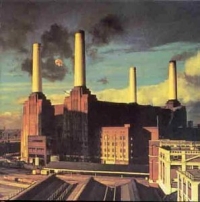
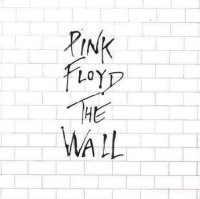
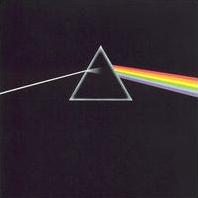
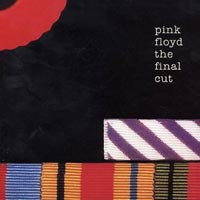
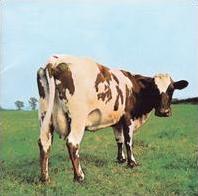
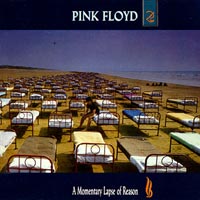
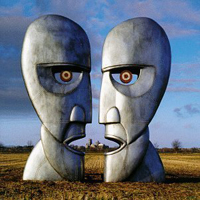
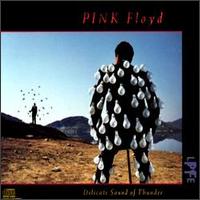
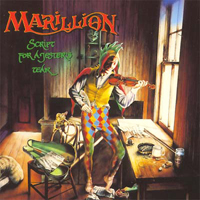
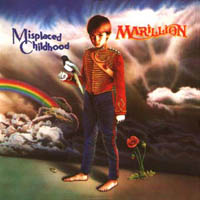
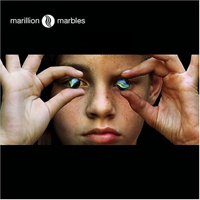
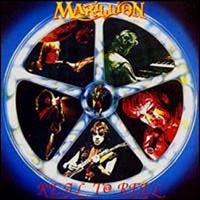
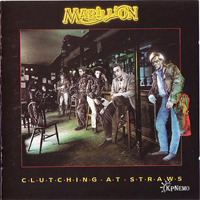


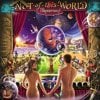
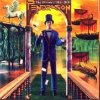
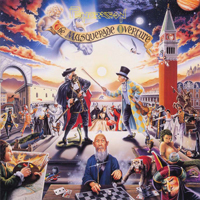
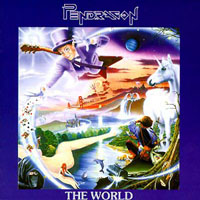
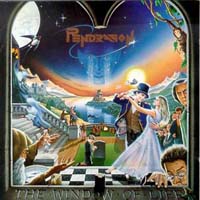
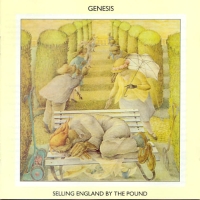
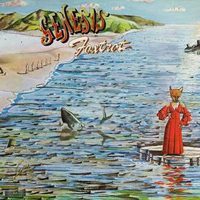
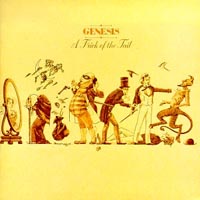
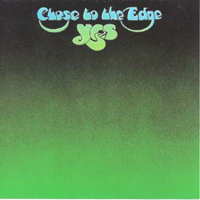
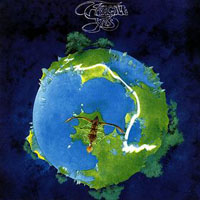
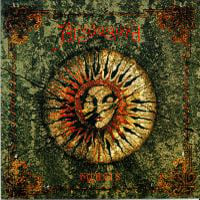
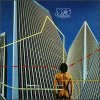
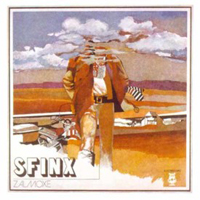
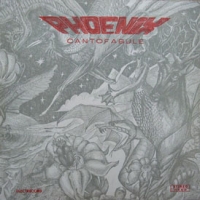
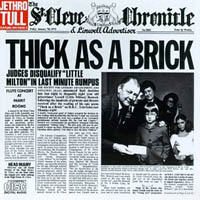
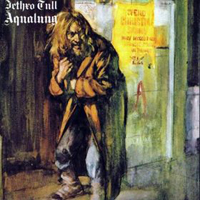

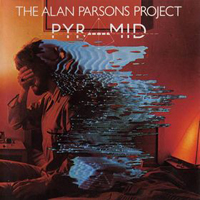
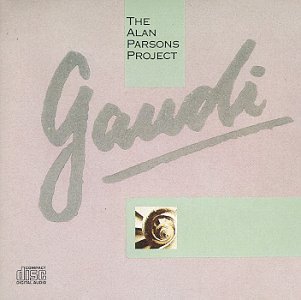
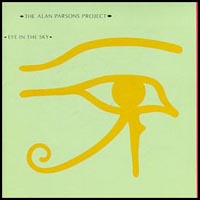


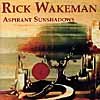
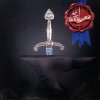
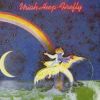
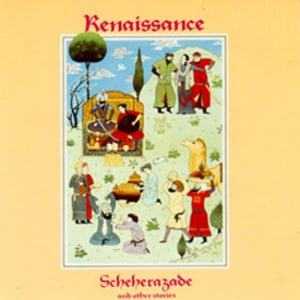


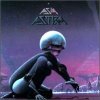

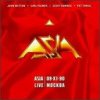
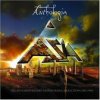











Niciun comentariu:
Trimiteți un comentariu